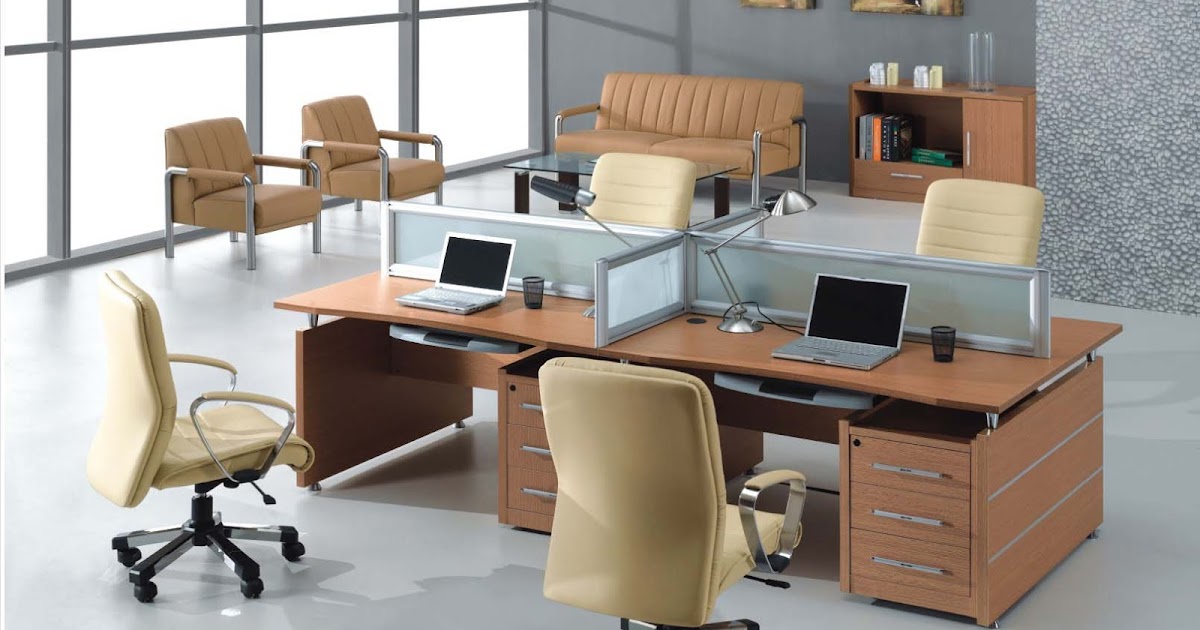Choosing the right office table is more than just a design choice; it’s a critical decision that affects your productivity, comfort, and overall work experience. A well-selected office table can transform your workspace, making it more efficient and aesthetically pleasing. Whether you’re setting up a home office or redesigning a corporate space, this guide will help you navigate the options and make an informed decision.
Factors to Consider When Choosing an Office Table:
- Size and Space: Measure your workspace accurately to ensure your office table fits perfectly without overwhelming the room. Consider the flow of movement around the table and ensure there’s enough space for additional furniture like office chairs, filing cabinets, or bookshelves.
- Style and Design: From traditional wooden tables to sleek modern designs, the style of your office table should match your workspace’s aesthetic. A modern office with minimalist decor pairs well with a streamlined, metal-framed table, while a classic executive office might require a rich, dark wood table.
- Material Choices: The material of your office table influences its durability, look, and maintenance requirements. Common materials include solid wood, metal, glass, and laminate. Each has its benefits: wood offers warmth and durability, metal provides a modern edge, and glass adds an open, airy feel to smaller spaces.
- Ergonomics and Comfort: A good office table should support healthy posture and reduce strain during long work hours. Look for tables with adjustable heights or those designed to pair well with ergonomic chairs.
- Functionality: Think about what you need from your table. Do you require drawers for storage, cable management features for tech-heavy setups, or a large surface area for creative work? The functionality of your office table should cater to your daily tasks and workflow.
Common Mistakes to Avoid:
- Not Measuring Space Correctly: A common error is underestimating or overestimating the available space, leading to a cramped or awkwardly arranged office.
- Ignoring Ergonomics: A table that looks good but causes discomfort isn’t a good investment. Always prioritize ergonomic features.
- Overlooking Storage Needs: Tables without adequate storage can lead to clutter, impacting productivity and focus.
Conclusion:
Choosing the right office tables requires careful consideration of your needs, space, and style preferences. By prioritizing ergonomics, functionality, and design, you can create a workspace that boosts productivity and enhances your work experience. Ready to find your perfect office table? Explore a range of options and start transforming your workspace today.




